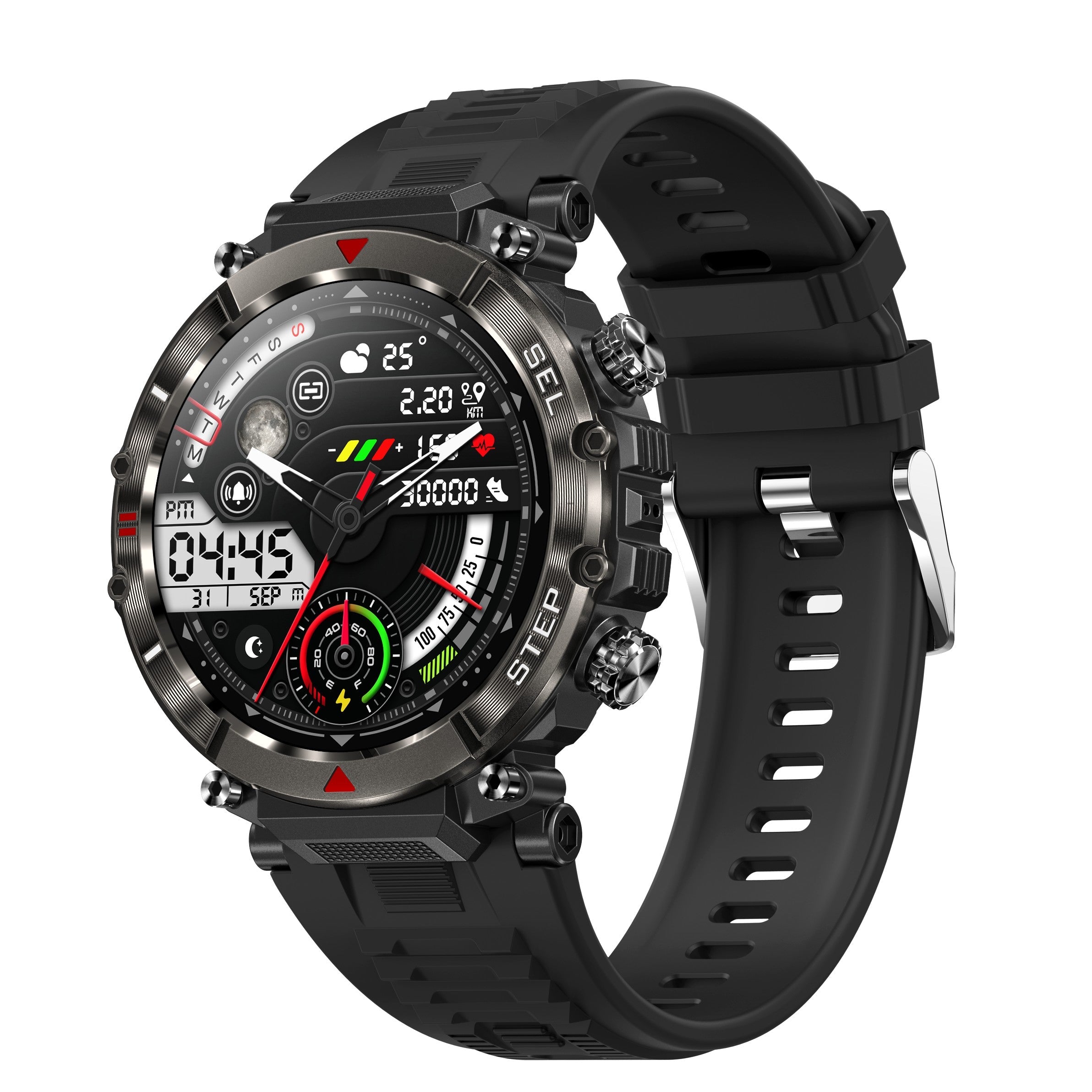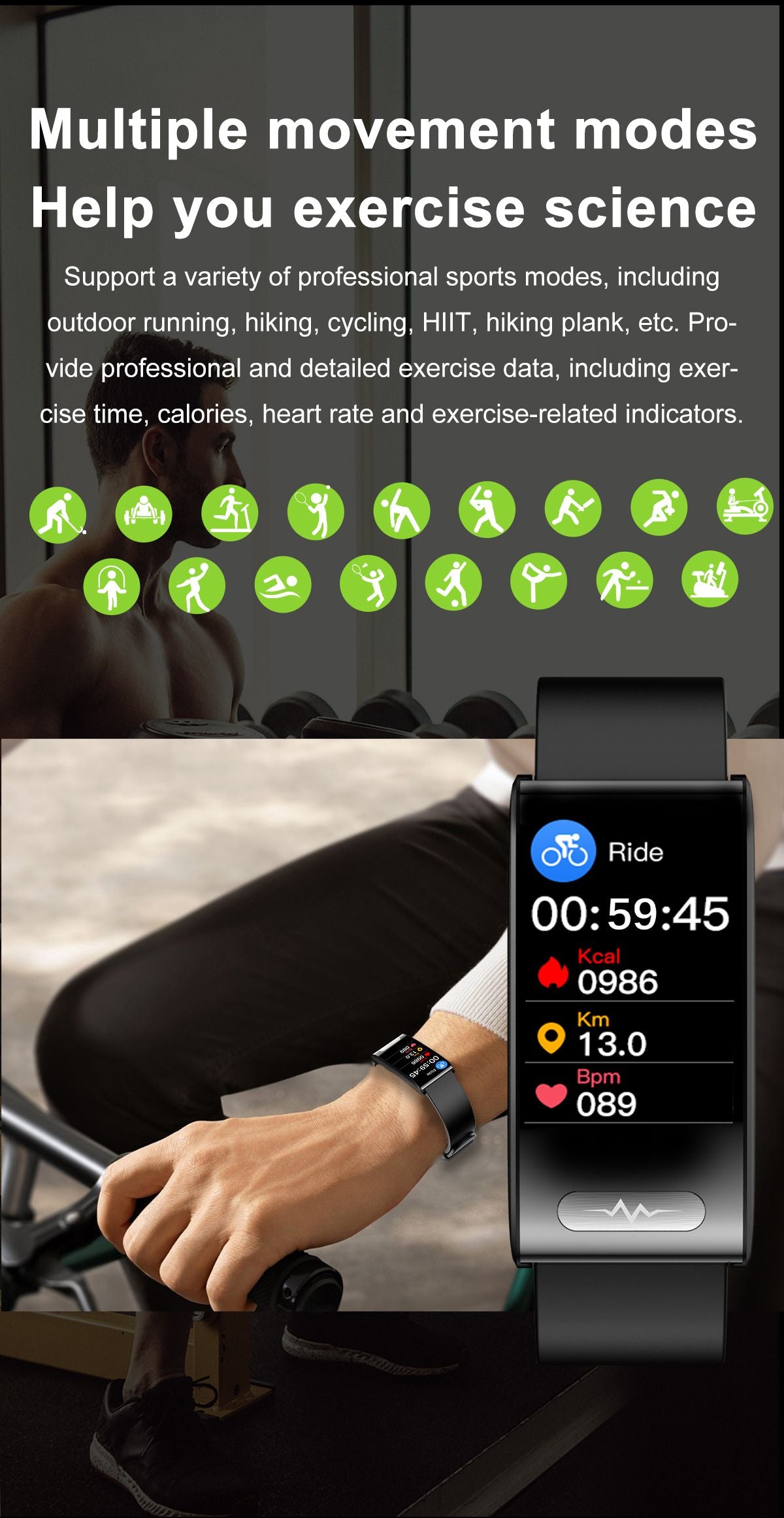Récupération active : le secret d'une guérison post-entraînement efficace
Beaucoup d'entre nous ont entendu parler des journées de récupération où l'on se repose et où l'on laisse ses muscles se régénérer après un entraînement intense. Mais avez-vous déjà entendu parler de la récupération active ? Il s'agit d'un type de récupération qui implique des exercices de faible intensité pour aider votre corps à récupérer après un entraînement de haute intensité.
Dans cet article, nous explorerons ce qu'est la récupération active et pourquoi elle est si bénéfique pour votre corps.
Qu'est-ce que la récupération active ?
La récupération active est un type de séance de récupération qui implique des exercices légers pour augmenter le flux sanguin, étirer les muscles et favoriser la guérison. L'objectif est de continuer à bouger sans exercer trop de stress sur votre corps.
Pourquoi la récupération active est-elle bonne pour vous ?
-
Favorise la circulation sanguine : La récupération active favorise la circulation sanguine vers vos muscles, leur fournissant les nutriments et l’oxygène dont ils ont tant besoin pour les aider à se réparer et à se développer.
-
Élimine les toxines : En gardant votre corps en mouvement, vous pouvez aider à éliminer les toxines et les déchets, comme l’acide lactique, de vos muscles.
-
Augmente la flexibilité : Des étirements légers pendant la récupération active peuvent améliorer la flexibilité et réduire les douleurs musculaires.
-
Aide à la récupération musculaire : La récupération active peut aider vos muscles à récupérer plus rapidement et plus efficacement, vous permettant de reprendre vos séances d’entraînement en vous sentant rafraîchi et prêt à repartir.
-
Réduit les douleurs musculaires à apparition retardée (DOMS) : En encourageant la circulation sanguine et les étirements, la récupération active peut réduire la gravité des DOMS, les douleurs et raideurs musculaires qui surviennent souvent 24 à 72 heures après l’exercice.
-
Améliore l'humeur : L’exercice libère des endorphines, qui peuvent améliorer votre humeur et vous aider à vous sentir plus énergique.
Types de récupération active
Il existe de nombreuses façons d’intégrer la récupération active à votre routine, notamment :
-
Marche ou jogging léger : Une marche tranquille ou un jogging léger peuvent aider à augmenter le flux sanguin et favoriser la récupération.
-
Natation: La natation est un exercice à faible impact qui peut vous aider à récupérer après des séances d'entraînement intenses. Elle peut également constituer un bon entraînement pour tout le corps.
-
Yoga ou étirements : Le yoga et les étirements peuvent aider à améliorer la flexibilité, à réduire la tension musculaire et à favoriser la relaxation.
-
Vélo: Le cyclisme est un exercice à faible impact qui peut aider à améliorer la circulation sanguine et à réduire les douleurs musculaires.
Comment intégrer la récupération active
Voici quelques conseils pour vous aider à intégrer la récupération active à votre routine :
-
Planifiez à l’avance : Prévoyez des jours de récupération active dans votre routine d’entraînement pour vous assurer d’avoir le temps de récupérer.
-
Écoutez votre corps : Faites attention à ce que votre corps ressent pendant et après l'exercice. Si quelque chose ne va pas, faites une pause.
-
Restez hydraté : Buvez beaucoup d’eau pour aider votre corps à éliminer les toxines et à garder vos muscles hydratés.
-
Dormez suffisamment : Essayez de dormir 7 à 9 heures par nuit pour garantir à votre corps suffisamment de temps pour récupérer.
-
Adoptez une alimentation équilibrée : Manger une alimentation équilibrée et riche en nutriments peut aider à soutenir le processus de récupération de votre corps.
En conclusion, la récupération active est un outil précieux pour les athlètes et les amateurs de fitness. En intégrant des exercices de faible intensité à votre routine, vous pouvez favoriser la récupération musculaire, réduire les courbatures et améliorer les performances globales. Alors, la prochaine fois que vous terminez une séance d'entraînement difficile, pensez à ajouter un peu de récupération active à votre routine. Vous serez content de l'avoir fait !
Quant à vos performances physiques pendant l’exercice, Montre connectée pour médecin de la pression artérielle peut vous aider à l'enregistrer un par un, y compris les pas, les calories, la fréquence cardiaque, la tension artérielle, etc. C'est un appareil intelligent de sport très pratique qui vous permet de faire de l'exercice avec plus de confiance.










